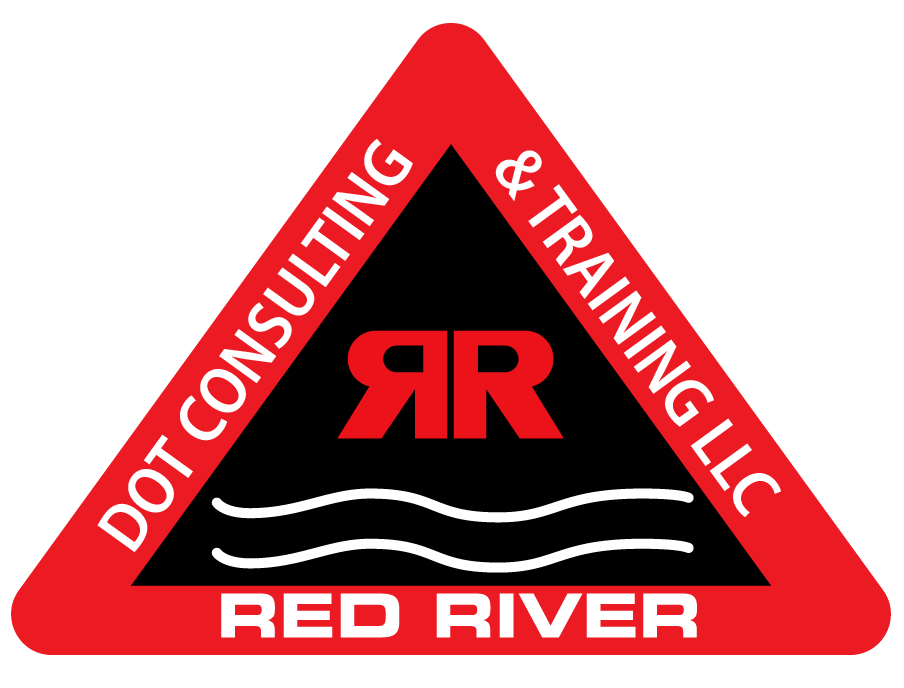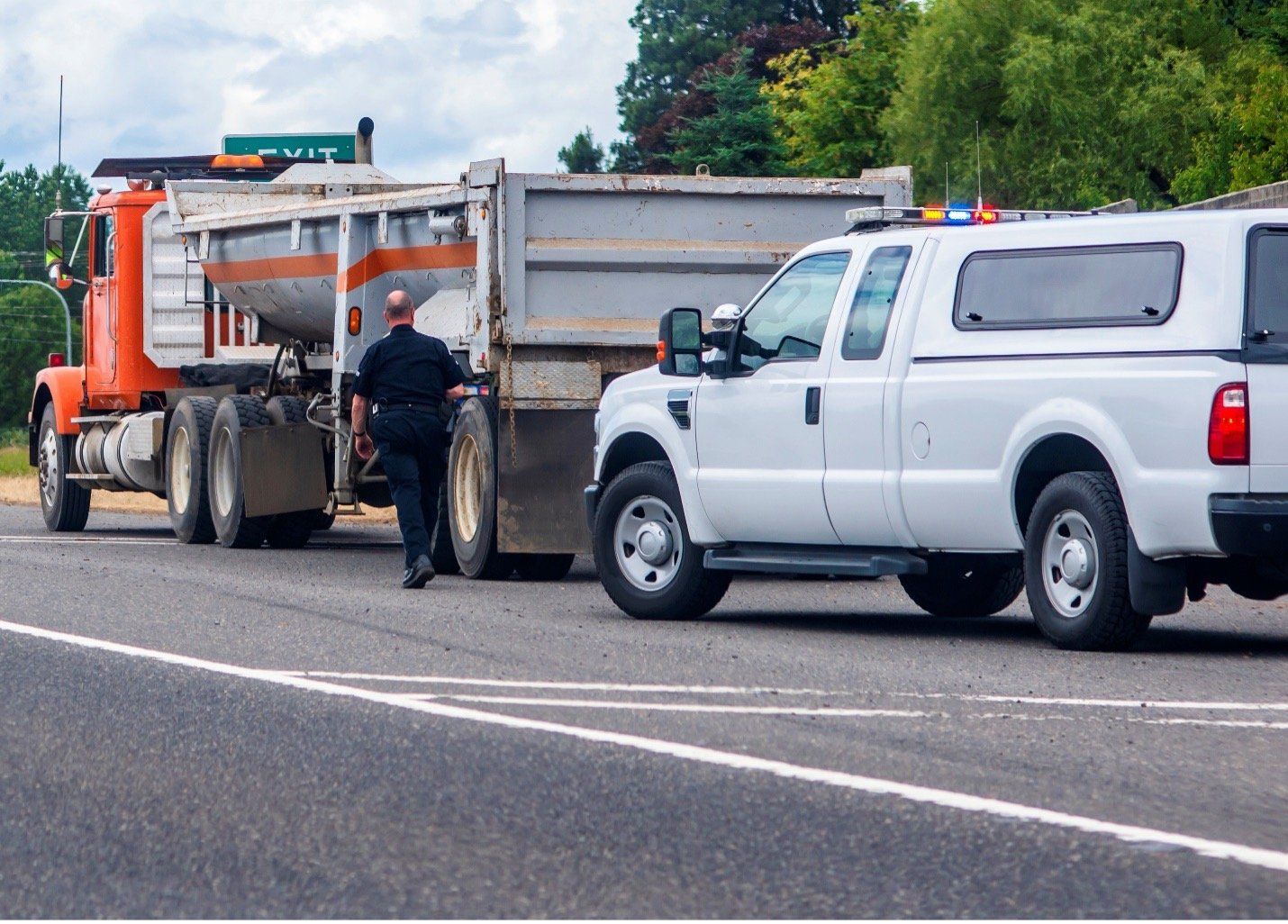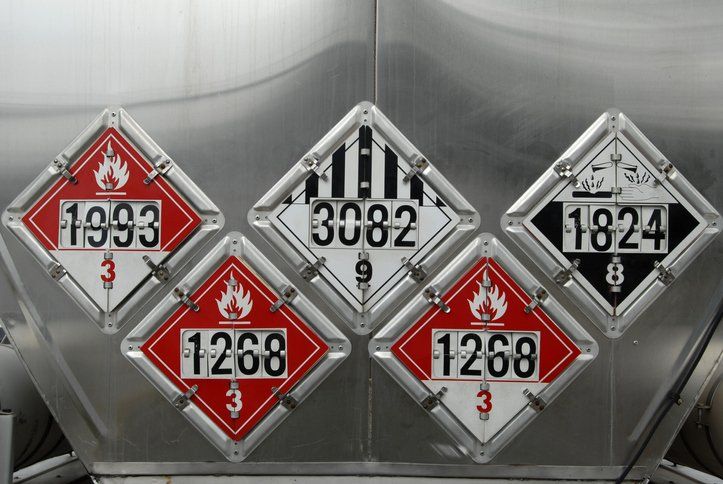Does Your Company Require an HM-232 Hazmat Security Plan?
As a company that deals in hazardous materials, you may already be aware of the various requirements needed to operate on roads. From complying with normal DOT requirements to following the numerous Hazardous Material Regulations (HMR), adhering to these conditions ensures you stay in business.
Perhaps one of the most important requirements for a HAZMAT company is to have a security plan. What is it, and when does your company need one? Let's find out.
What Is a Security Plan?
The September 11, 2001 bombings in New York heralded changes in very many sectors of the economy with an emphasis on improved security. It's not only the TSA that got tougher at airports and other installations; various other rules came into being.
One of those rules is the Final Rule HM-232F. It came about after consultations between the Pipeline and Hazardous Materials Safety Administration (PHMSA) and other federal security agencies such as the TSA and the Coast Guard.
In accordance with 49 CFR 172.800, 172.802, and 172.804, for certain cases, transporters and shippers of hazardous materials are required to create a security plan. The purpose of the plan is to outline how the company is going to prevent their equipment, or the hazardous cargo they carry, from being employed in a terrorist act as a weapon.
Who Are These Rules For?
As you begin to haul HAZMAT loads, some other sections of the law begin to apply to you. However, it is not all the HAZMAT rules that will apply in your specific case, unless you meet the threshold set in law.
In the case of a security plan, if you have a DOT number and are a registered HAZMAT hauler, you should pay attention to this requirement. As you increase your hauling capabilities and the products you haul, then these rules begin to come into play.
Generally, you need to develop and implement a security plan if your company transports the following types of Hazmat loads in large bulk quantities (3,000 Kg for solids and an equivalent amount in liters for liquids and gases).
● Division 2.1 material
● Division 2.2 material with a subsidiary hazard of 5.1
● Class 3 material meeting requirements for packing group I or II
● Division 4.2 material meeting requirements for packing group I or II
● Class 8 material meeting requirements for Packing Group I
You will also need a security plan if your company transports any quantities of the following materials;
● Division 1.1, 1.2 and 1.3
● Division 1.4, 1.5, or 1.6 that require placarding according to Subpart F of Part 172 of HMR
● Material poisonous when inhaled as described in §171.8
● Desensitized explosives meeting description of Division 4.1 or Class 3 material that requires placarding according to Subpart F of Part 172 of HMR
● Organic peroxide of any quantity, whether liquid, solid, or temperature-controlled.
● Selected agents and toxins controlled by the Center for Disease Control or the US Department of Agriculture.
● IAEA Code of Conduct Category 1 and 2 materials.
These are most of the HAZMAT materials that will mean your company has proposed a security plan.
When You Need A Security Plan!
You definitely have ambitions for growing your company, any prudent businessperson would. However, with your sustained expansion, your company will flourish into a territory that needs you to have extra support, knowledge, and training to navigate safely.
As a company, and if you meet the requirements noted above, you will need a security plan to match the growth of your firm. Coming up with that plan may not be something you are particularly familiar with. But don't worry about it; we can handle that for you.
At Red River DOT, we pride ourselves on our expertise and experience that has seen transport companies travel to new heights.
Try us and scale to greater levels.


Follow Us
Call Us
Phone : (405) 246-5004
Phone : (713) 907-8133
Hours
Mon: 8:00AM-5:00PM
Tue: 8:00AM-5:00PM
Wed: 8:00AM-5:00PM
Thu: 8:00AM-5:00PM
Fri: 8:00AM-5:00PM
Sat: Closed
Sun: Closed
3750 West Main, Suite 212
Norman, OK 73072





